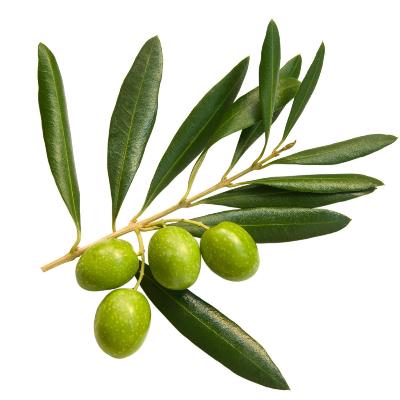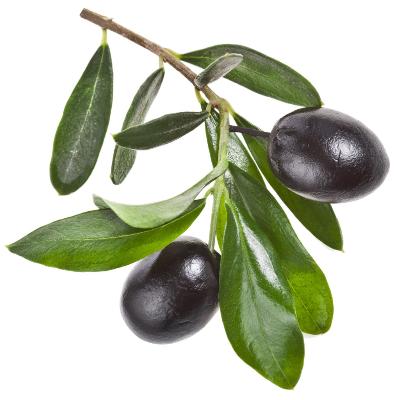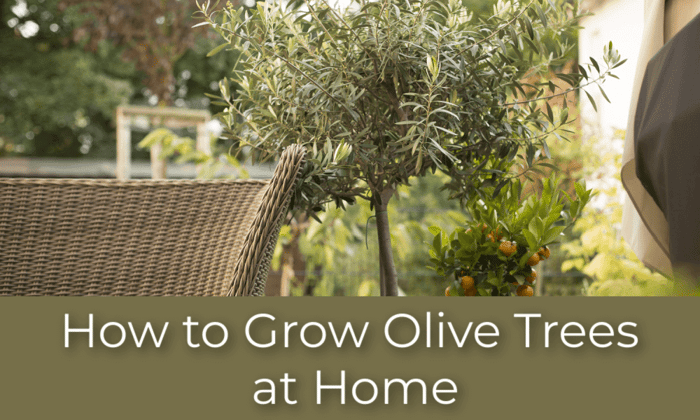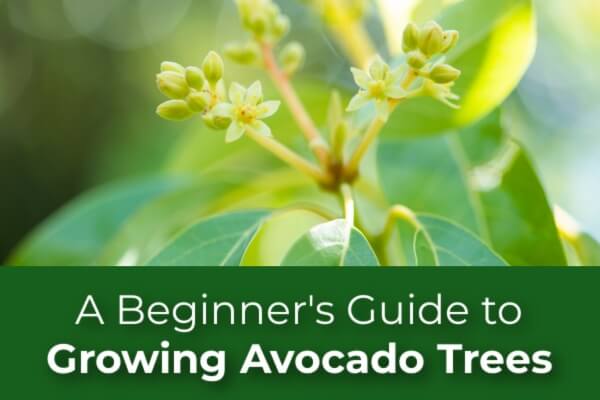Table of Contents
How to Grow Olive Trees at Home
A Brief History:
Originating in the Mediterranean Basin, olive trees have been of agricultural importance for thousands of years. Although olives are not native to the Americas, they thrived in the valleys of South America's dry Pacific coast where Spanish colonists brought them in the mid 15th century and slowly made their way north over the last 500+ years. Over the years, many uses have been found for olive trees. The delicate branches can be used in bouquets or as incense, or fruit can be brined or pressed into oil. This is known to have numerous health benefits if ingested or used topically. Culturally, olive branches have been a long-standing symbol of abundance and peace. The extraordinary olive tree makes a great addition to the backyard orchard. Check out 5 Reasons to Grow an Olive Tree if you need more convincing. If you are interested in growing your own olive trees at home, here are some tips to get you started.
Step 1: Selecting the right variety
To select the right variety for your garden, you first need to ask yourself the question: "What am I expecting to get out of this olive tree?"
Do you want table olives?
Arbequina, Nocellara, Mission, Manzanillo, Sevillano, Picholine
Do you want olives for olive oil?
Arbequina, Frantoio, Leccino, Maurino, Pendolino, Nocellara, Mission, Picholine, Arbosana, Ascolana
Do you want a beautiful Olive tree with little to no fruit mess to clean up?
If you notice, some varieties are in both categories and that is because their fruit is great for brining into table olives as well as pressing into oil.
Arbequina Olive Tree

$17.60
$22.00
--OVERVIEW-- On Sale! 20% off Olive Trees (ends 12/31/25) Our Best Selling Olive Tree! Arbequina Olive trees produce rich, buttery fruit- perfect for both home and artisan oil makers alike. Olive variety from Catalonia Spain. The highly aromatic fruit begins… read more
Mission Olive Tree

$17.60
$22.00
--OVERVIEW-- On Sale! 20% off Olive Trees (ends 12/31/25) Strong vigorous tree with an erect habit and medium-density canopy. Prized as a dual purpose variety; used in green and black pickling as well as oil production. Considered hardy because of… read more
Step 2: Location, Location, Location
Olive trees have been known to live thundreds of years under the right conditions. Olives can also grow to be 25'-30' in height and spread, so if you are plating your tree in the ground, picking the right spot is very important for the longevity of your tree. That said, Olive trees don't ask for a lot. The drought-tolerant tree does not need a lot of water, but they require warm summer temperatures. 200 hours of winter temperatures below 45°F are needed for a good fruit set, but nothing below 20°F. Temperatures below 20°F will start to damage young leaf and stem growth and temps below 10°F have been known to kill trees to the ground. If you live in a climate with colder temperatures, growing in a movable container will be your best option.
The ideal location is inland or along the coast where you have hot summers and well-draining soil for your tree to flourish. Avoid planting near paved areas as the ripe fruit can stain as it falls from the tree.
Indoor Olives: Olive trees make beautiful decorative / ornamental trees for indoor growing as well. Indoor Olive trees love full sun so a South/ Southwest facing window would be ideal for providing adequate lighting. Avoid placing your newly potted Olive tree near a heat vent as this has the potential to cook your tree when in use. Regular feeding will be a crucial part of your growing experience but a monthly dose of Romeo Plant Food should be all your tree needs to stay nice and green year round. Our Premium Size olive trees shift perfectly into our Decorative Planter Tree Care Kits which that make it even easier to plant, feed and protect your new olive tree. keep in mind that Olive trees are drought tolerant and don't require a lot of water. Always check the soil for moisture prior to watering and only water once the soil is dry.
Step 3: Watering and Feeding
In our California climate, a monthly watering for established trees is more than adequate. Olives are incredibly drought resistant and can survive extended dry periods.
Fertilize your olive tree with a balanced fertilizer when you water in the spring being sure to keep them away from the tree trunk. Treat the topsoil with fast or slow release 10-10-10 fertilizer following the application instruction to endure you don't over-apply and burn your tree. Organic fertilizer options like worm castings, compost, and compost tea also make great food for your tree. Like the fertilizer be sure to keep all mulches you may add at least 6" away from the trunk.
Step 4: Pruning & Pests
Olive trees do not require heavy pruning to produce fruit. It is okay to prune to the desired shape but keep in mind that olives fruit on branches that grew the previous season. Removing that one-year wood will certainly reduce your fruit potential. You may also want to remove crossing branches in the interior of the tree that could be creating a habitat for pests and diseases. That said, there are very few pests that plague olive trees.
The Olive Fruit Fly can cause serious damage to home growers and orchardists alike. Native to Eastern Africa, the Olive Fruit Fly has spread all over the Mediterranean and even the US. This destructive fly not only feeds exclusively on olive fruits and they even lay their eggs into them. This causes the fruit to rot and allows entry to other microorganisms.
There are a few methods used to control the fly, first is sanitation and removing the old fruit remaining on the tree at the end of the season. Organically acceptable methods include the use of GF-120 Naturalyte Fruit Fly Bait (spinosad) which kills the adult flies and sprays of kaolin clay which acts as a deterrent.
Step 5: Let it Grow
Care for your olive tree and it will care for you with a bountiful supply of fruit (or not if you got a fruitless variety), cooling shade, and the peacefulness that comes with an olive tree.




